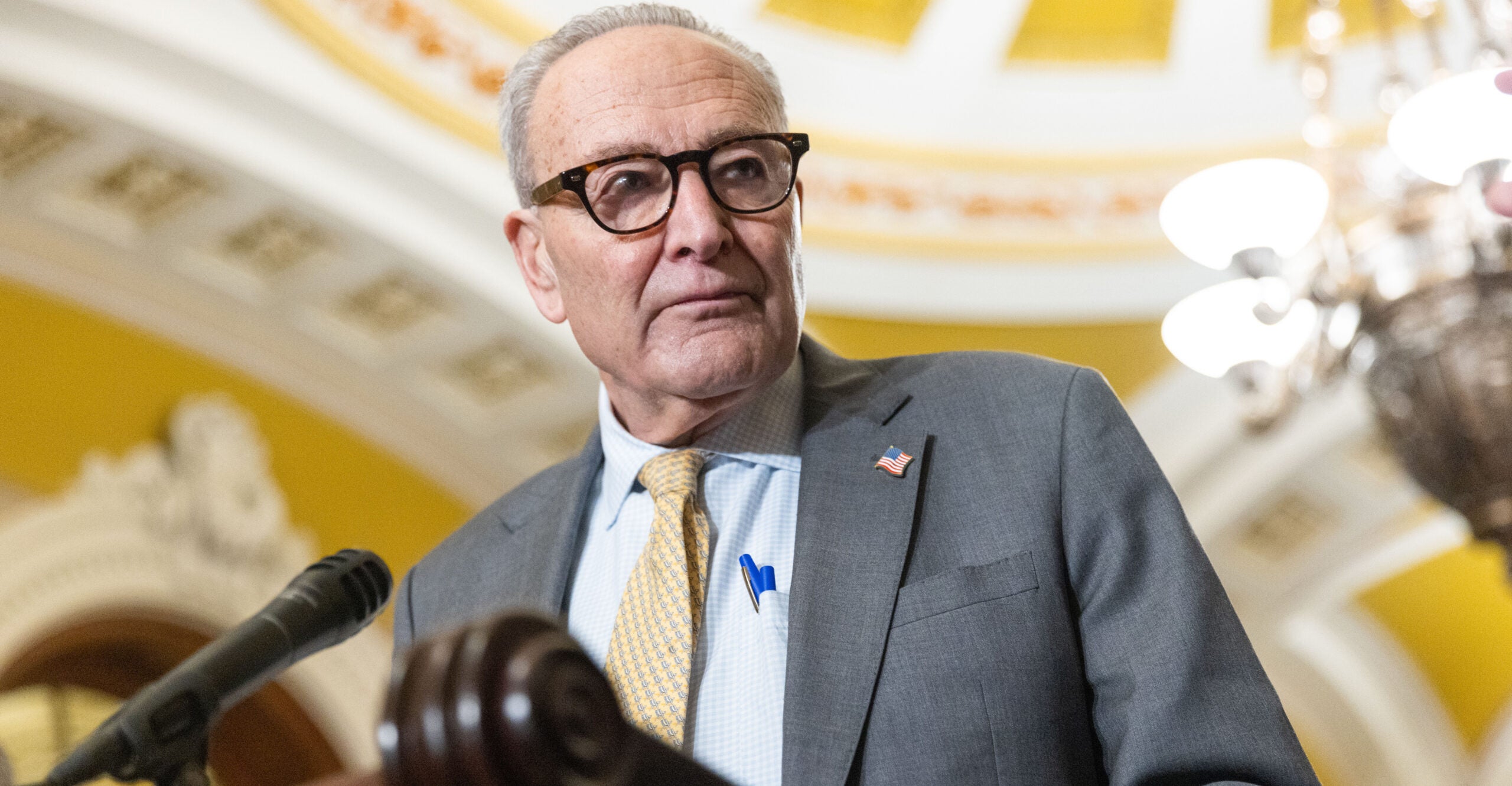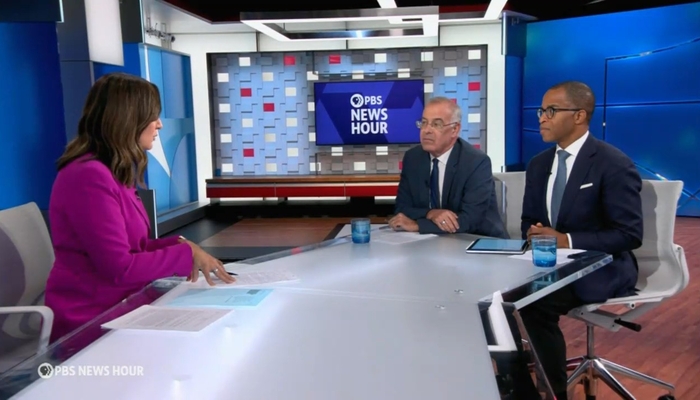
www.newsbusters.org
PBS Whines Trump, GOP Won't Buckle On Shutdown
As the government shutdown continues, the despondent cast of Friday’s PBS News Hour assembled to complain that President Trump and Republicans are not willing to buckle to Democratic demands and nobody outside of the D.C. area seems to care.
Moderator Amna Nawaz began with MSNBC host Jonathan Capehart, “Meanwhile, it is day 17 of the government shutdown back here at home. The rhetoric has not changed from either side, Jonathan. And the president hasn't really engaged in the kind of brokering we traditionally see presidents do. Can he be a dealmaker back here too?”
Capehart claimed that Trump could; he is just choosing not to, “Yes, we’ve seen it. We have seen it. So if the president were to turn his attention to the government shutdown and, you know, figure out what both sides wants and then just say, this is what I want to do, of course, we have seen time and again Republicans will do whatever the president tells them to do, even if they have held an opposing position.”
He further added, "But he hasn't seemed like he wants to get involved, which makes me think he likes what's happening. Maybe he likes what's happening. Maybe given what we — the package on Russell Vought, maybe this shutdown does give him the opportunity, him and Russell Vought, the opportunity to slash at the federal government in ways they couldn't do under regular order. And I don't know. It's a terrible game. It's a terrible game for the president to play, because real people, Americans are getting hurt.”
Nawaz concurred with the idea as she turned to New York Times columnist David Brooks, “David, Jonathan raises a good point. Is there incentive for the president to want to end the shutdown?”
Brooks replied that there isn’t, “Not particularly. The Republicans are not the party of government. They're the party of shrinking government. And under the shutdown right now, he's been blocked from really getting rid of what he calls ‘Democratic programs,’ but he is able to fund the things he likes.”
He further lamented, “Two things that are astonishing to me, one, how everybody's blasé about it. The whole — not in the DMV, in ‘our area,’ but everywhere else in the country, it's like, ‘What do you do?’ And the capacity to be shocked by our politics is clearly going away.”
Brooks also confessed to not seeing an end in sight any time soon, “The second thing is I'm curious to know what happens over the next three weeks, because the notifications for the health care costs, those letters are going out. November 1, they really begin to kick in. And so maybe then we will see something. But I would not assume that this is going to end any time in October. I think when that November number comes out, we will see how the public reacts, if at all.”
Meanwhile, nobody at the PBS table mentioned that Republicans recently offered Democrats a vote on Obamacare subsidies in exchange for reopening the government. Democrats said no and promptly decided not to fund the military because they want Republicans to extend their partisan, Biden-era, temporary COVID relief program without any GOP reforms.
Here is a transcript for the October 17 show:
PBS News Hour
10/17/2025
7:40 PM ET
AMNA NAWAZ: But, meanwhile, it is day 17 of the government shutdown back here at home. The rhetoric has not changed from either side, Jonathan. And the president hasn't really engaged in the kind of brokering we traditionally see presidents do. Can he be a dealmaker back here too?
JONATHAN CAPEHART: Yes, we’ve seen it. We have seen it. So if the president were to turn his attention to the government shutdown and, you know, figure out what both sides wants and then just say, this is what I want to do, of course, we have seen time and again Republicans will do whatever the president tells them to do, even if they have held an opposing position.
So — but he hasn't seemed like he wants to get involved, which makes me think he likes what's happening. Maybe he likes what's happening. Maybe given what we — the package on Russell Vought, maybe this shutdown does give him the opportunity, him and Russell Vought, the opportunity to slash at the federal government in ways they couldn't do under regular order.
And I don't know. It's a terrible game. It's a terrible game for the president to play, because real people, Americans are getting hurt.
NAWAZ: David, Jonathan raises a good point. Is there incentive for the president to want to end the shutdown?
DAVID BROOKS: Not particularly. The Republicans are not the party of government. They're the party of shrinking government. And under the shutdown right now, he's been blocked from really getting rid of what he calls “Democratic programs,” but he is able to fund the things he likes.
And so they have managed to wrangle some funds for the servicemen. They have for TSA, for ICE, those sorts of people. And so they get to fund the things they like and don't — and everybody else gets nothing.
It's — two things that are astonishing to me, one, how everybody's blasé about it. The whole — not in the DMV, in “our area,” but everywhere else in the country, it's like, “What do you do?” And the capacity to be shocked by our politics is clearly going away. And so that's the first thing.
The second thing is I'm curious to know what happens over the next three weeks, because the notifications for the health care costs, those letters are going out.
NAWAZ: Right.
BROOKS: November 1, they really begin to kick in. And so maybe then we will see something. But I would not assume that this is going to end any time in October. I think when that November number comes out, we will see how the public reacts, if at all.














